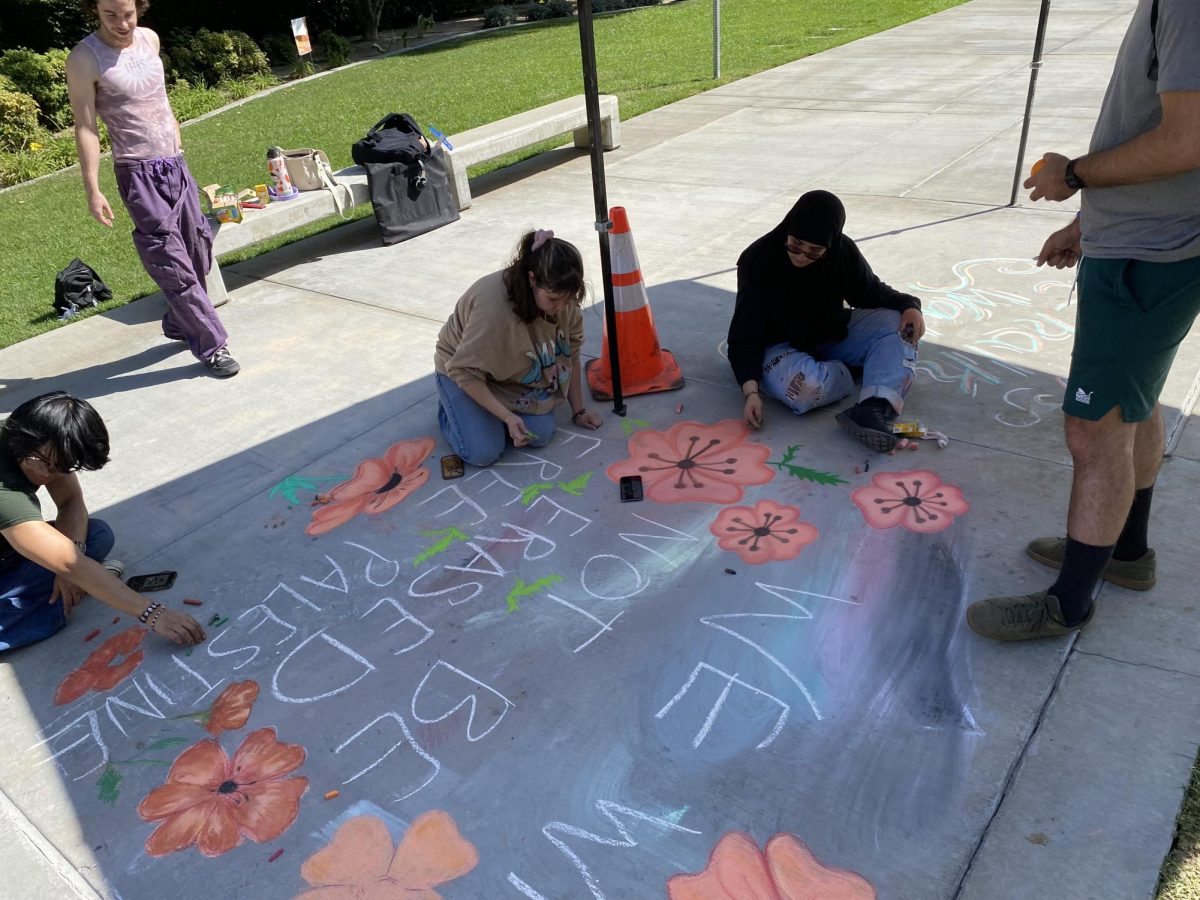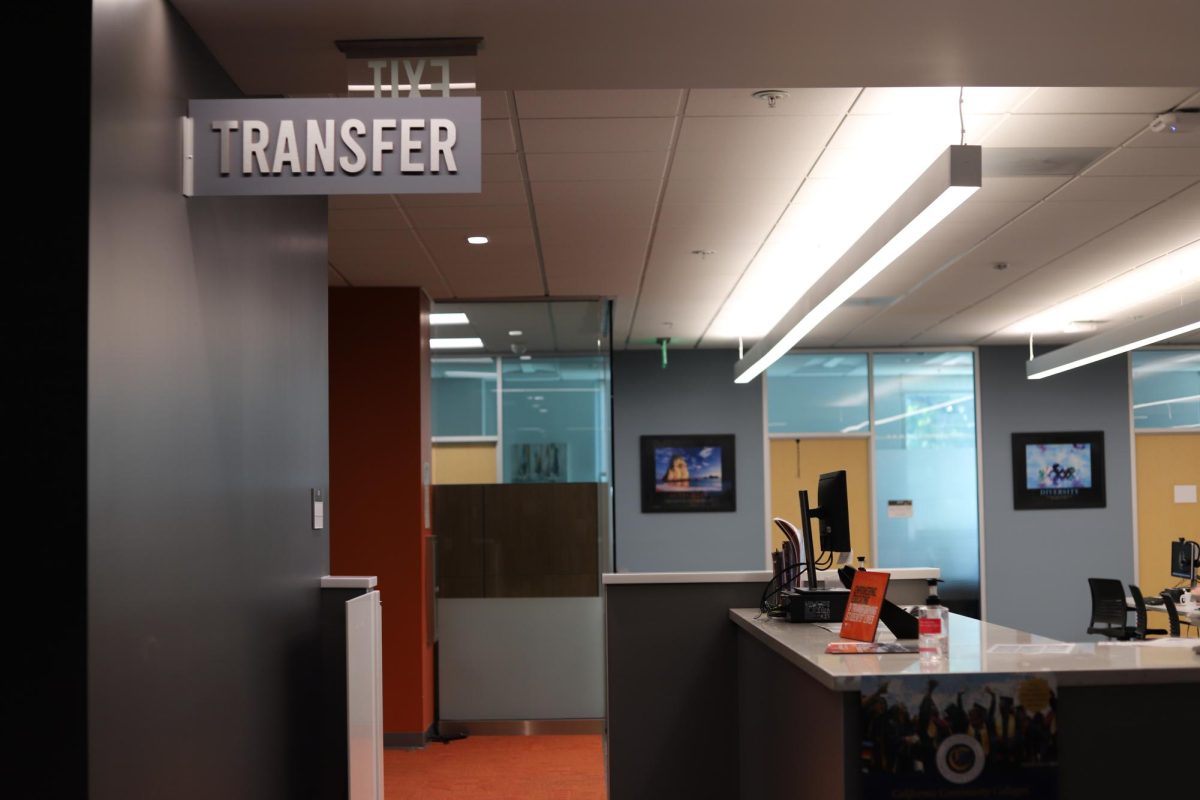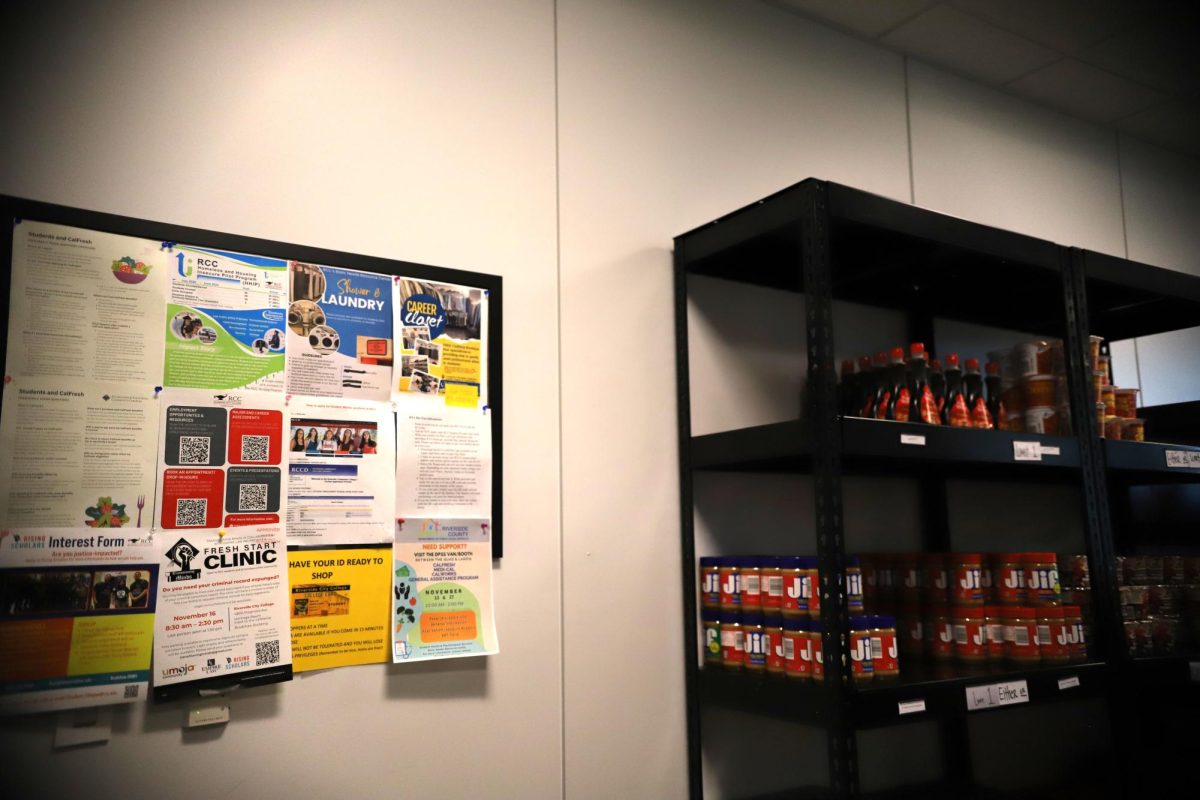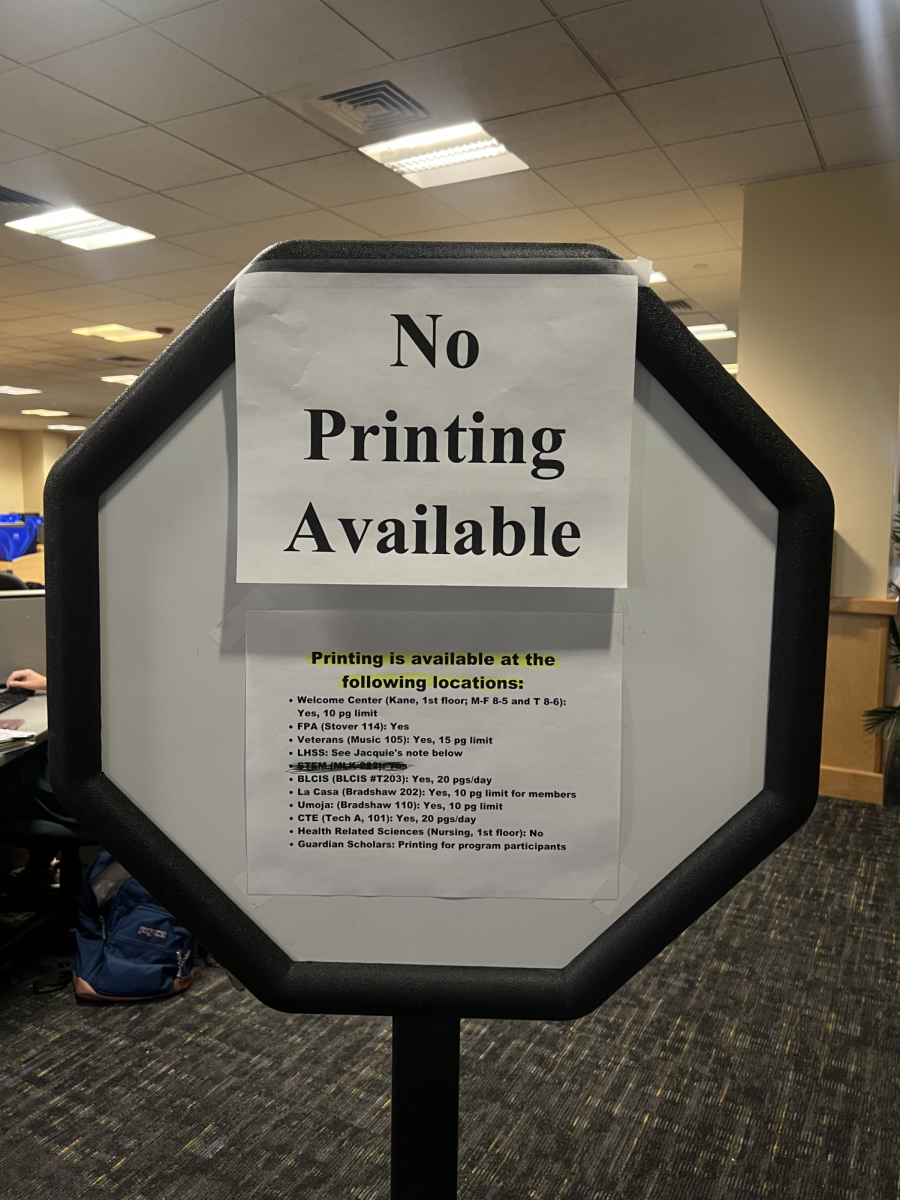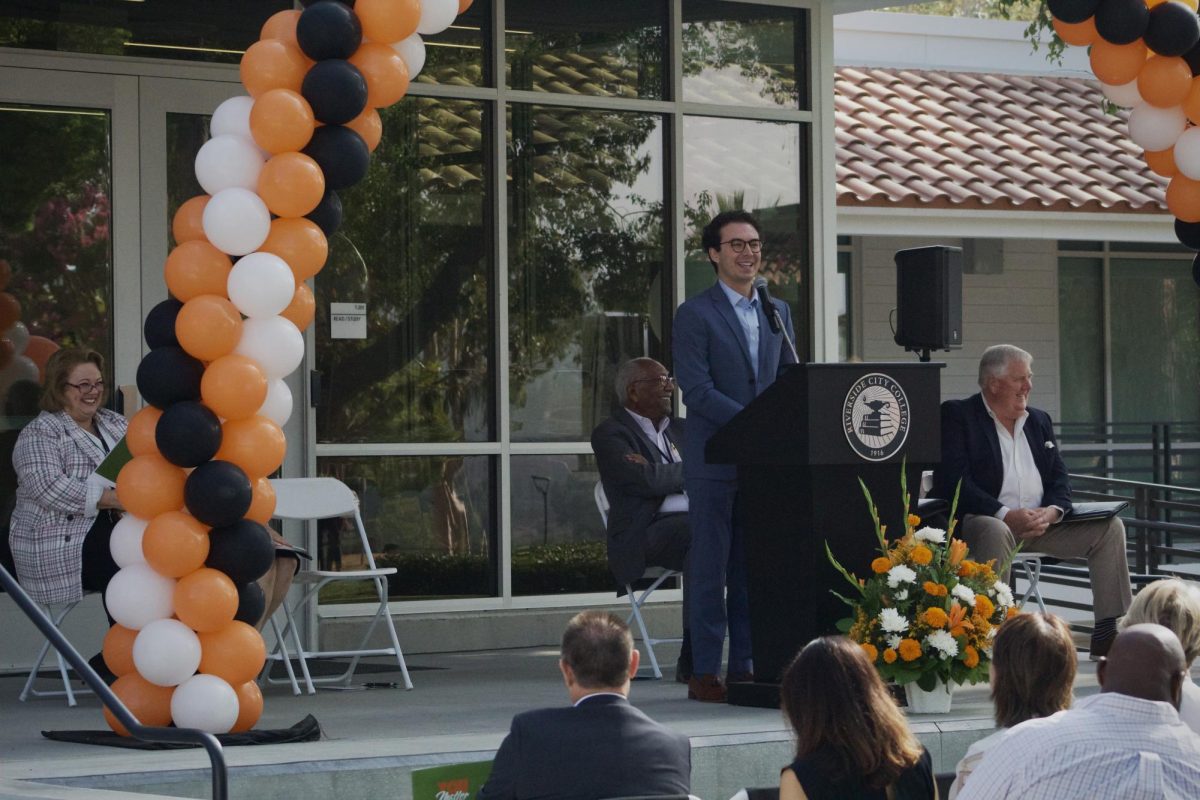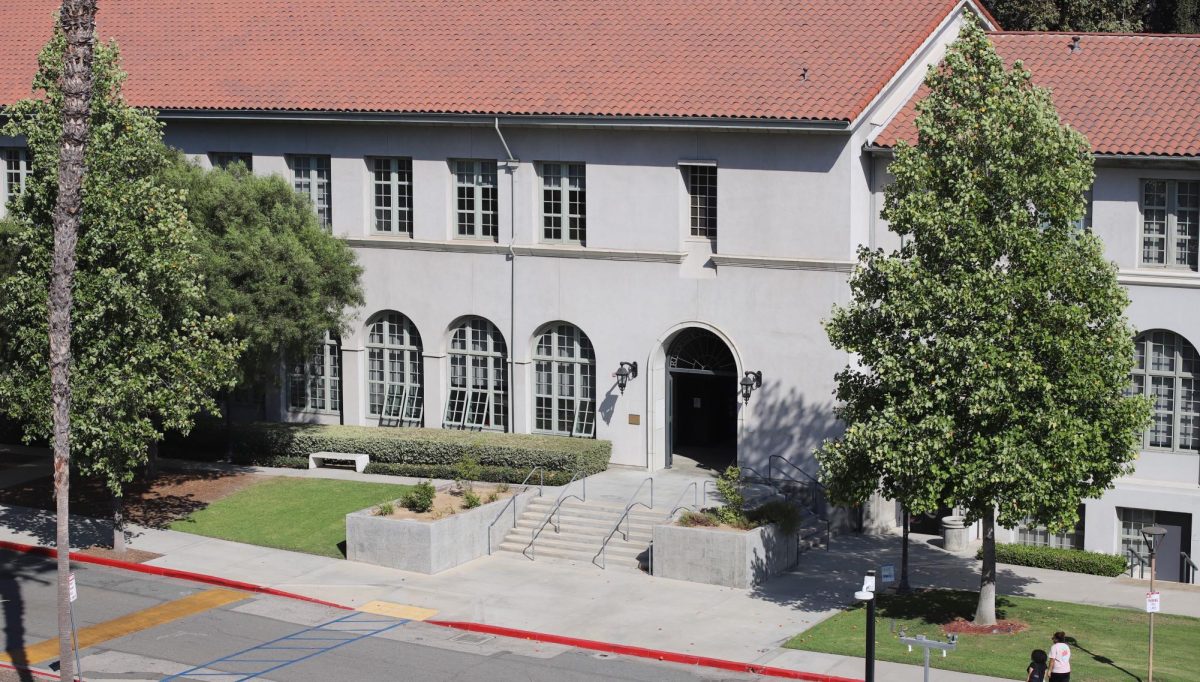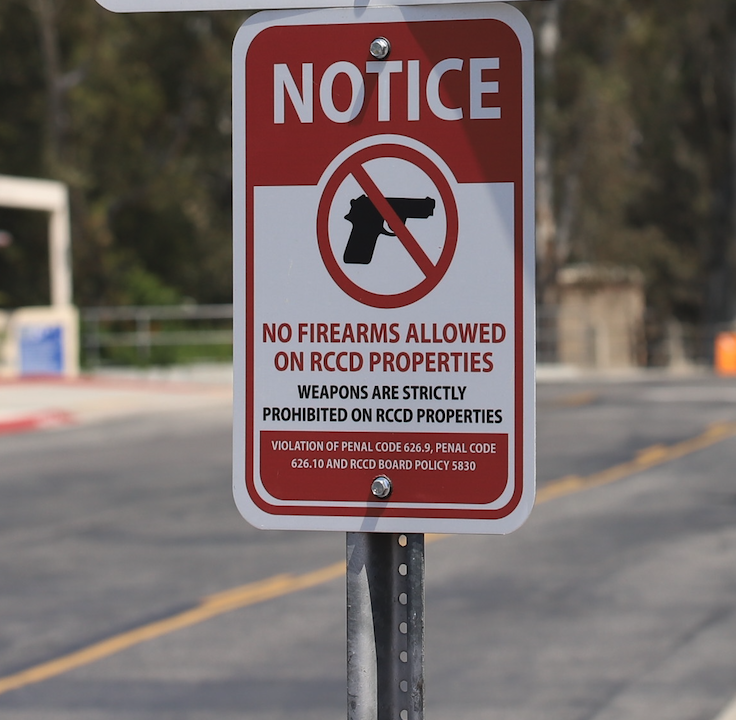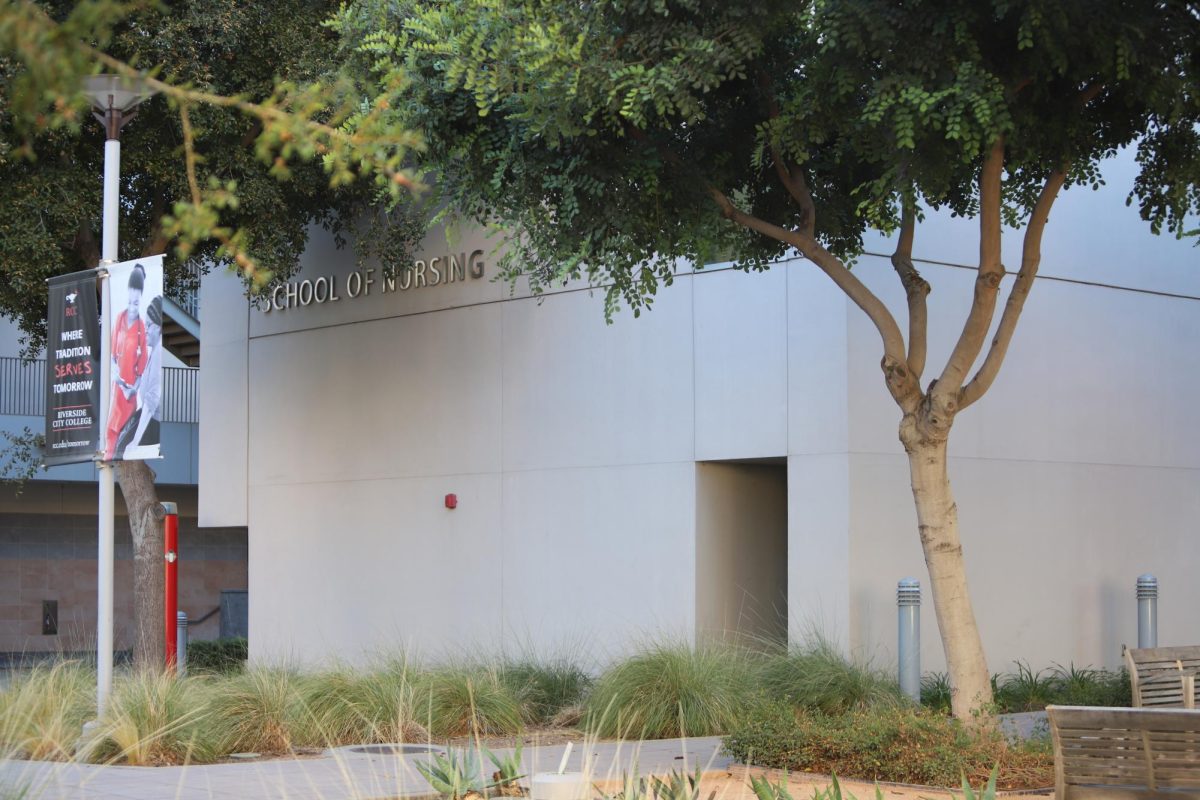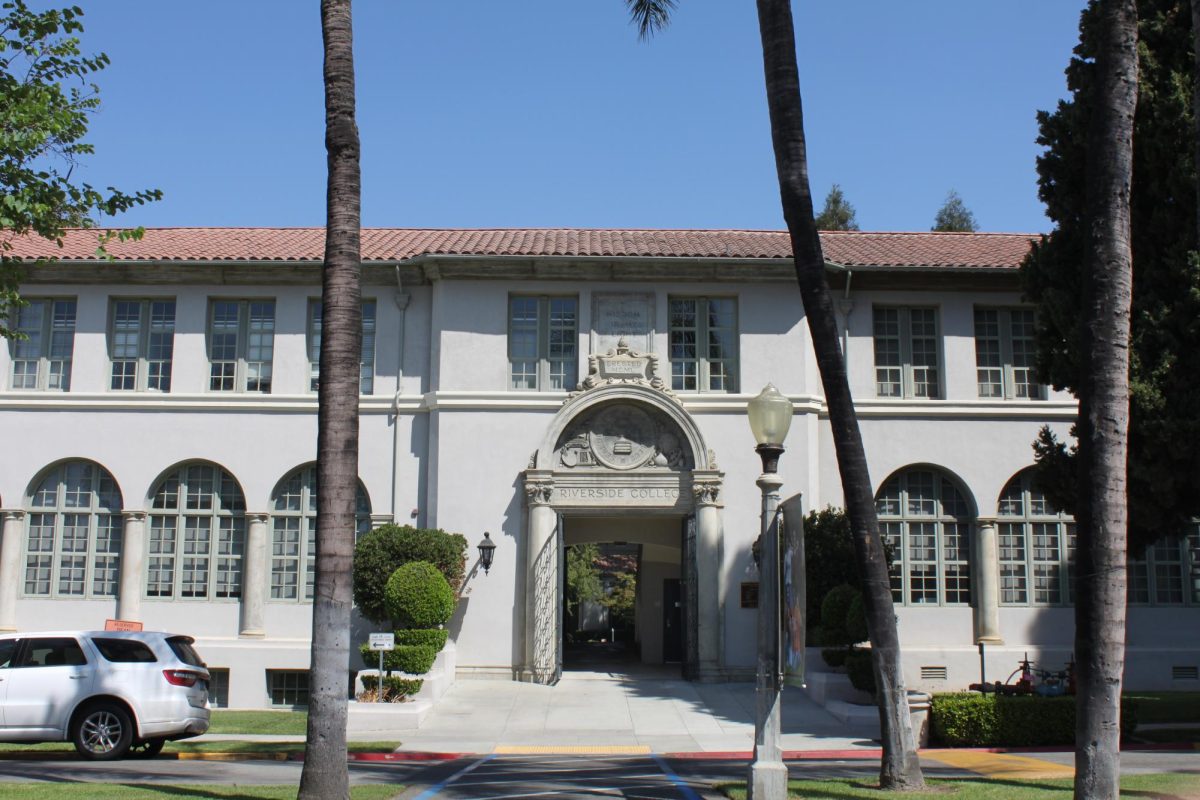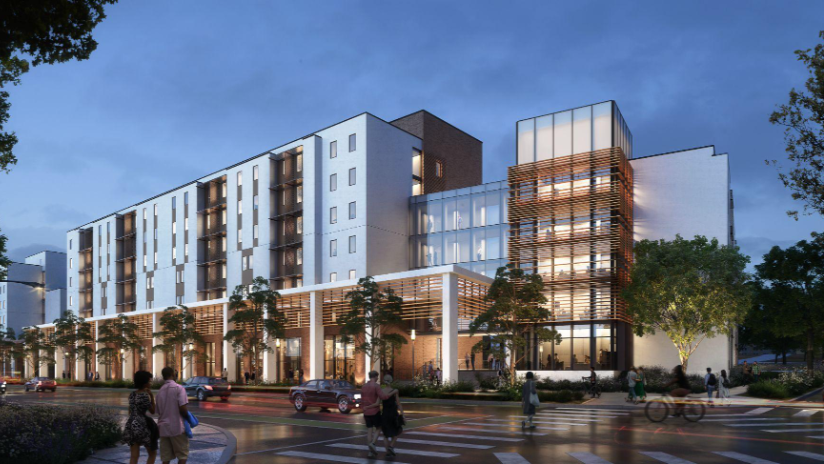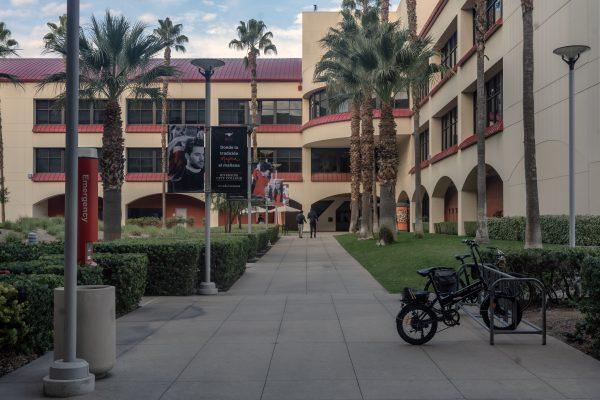
By Maria Odenbaugh
While recent enrollment projections look promising, officials are still concerned by future enrollment affecting college funding.
At the Dec. 5 Academic Senate meeting, Riverside City College interim President FeRita Carter said that enrollment data suggests that RCC has almost met the target rate for winter registrations, but has only reached 53.3% of the target goal for spring enrollment.
Past presentations to the Riverside Community College District Board of Trustees have demonstrated a significant drop in enrollment since the start of the pandemic.
Carter additionally shared Chancellor Wolde-Ab Isaac’s concern for RCC’s enrollment numbers not meeting the 2019 numbers.
“By 2023-2024 we need to be back or above our 2019 numbers so that we will not jeopardize our funding base,” she said.
Chancellor Isaac couldn’t be reached at this time.
After President Carter’s presentation, Academic Senate members asked for clarification on the cut off year for state funding and reaching enrollment numbers matching 2019 enrolment rate.
Since education funding is determined by the amount of students enrolled and attendance, the amount the school receives for necessary resources could be affected by the recent decline in numbers.
“I’m not sure if the cut off was 2023, ’24 or ’25 to be honest with you but as soon as we get to those 2019 numbers the better for us,” Carter said.
She also shared the Chancellor’s hope for more focus on the faculty’s efficient enrollment management and his goal for adjusting guided pathways by 2023. The goal of narrowing the options of required classes will aim to make a clear and precise plan for students to follow.
Academic Senate President Mark Selick said he has made suggestions to Chancellor Isaac on numerous occasions regarding enrollment.
“Let the college and the specialists and our departments, our chairs, our vice president of academic affairs, our college president make the determination about offerings, about modalities (because) they’re the people best positioned to make those decisions,” Selick said.
He also said that the past interventions from the district in improving enrollment rates are not needed and “arguably had a very deleterious effect on the ability to serve our students and meet targets.”
“If we really want enrollment to go up I think we have to be more flexible, ” French instructor Rosemarie Sarkis added.
Sarkis said enrollment would increase if more asynchronous classes were offered. She said she’s noticed that more students want asynchronous options, as of now some are only offered in person.
This story is developing.

